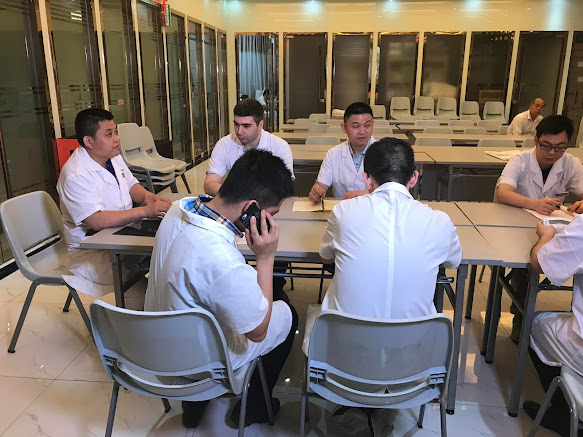All of you who have been following my career, probably already know that in recent years I have been working at the Zhongxing Sports Trauma Hospital in Guangzhou. It is run by the Niu Family from Hebei, which has a very long and rich tradition in Chinese orthopedics and ancient bone setting.
Although my title within the hospital is "Research Fellow", I was originally employed as a doctor, and I am now moved into developing their department for Spinal Deformities Corrections and Research. This task brings together several of my skills in Tendon and Fascia Reconditioning Manipulations (which I personally developed over a decade ago), my martial training and traditional herbal traumatology.
Seeing how well kids respond to a combination of Qi Gong exercises, Schroth training and breathing, alongside orthopedic acupuncture and related modalities has been one of the most fulfilling times in my life.
At the same time, I am also working closely with the Niu Family to research, describe and teach their chiropractic manipulations to a wider audience in China. The Niu Style manipulations has recently fulfilled several criteria set by the Chinese government, and the hospital has filed for Intangible Heritage certification status.
Even though I don’t often take photos at the workplace, I post here some pictures taken by my colleagues, for all of you who read my blog every time I have time to update it.











Comments